Noémie Debroux
Single-Image based unsupervised joint segmentation and denoising
Sep 19, 2023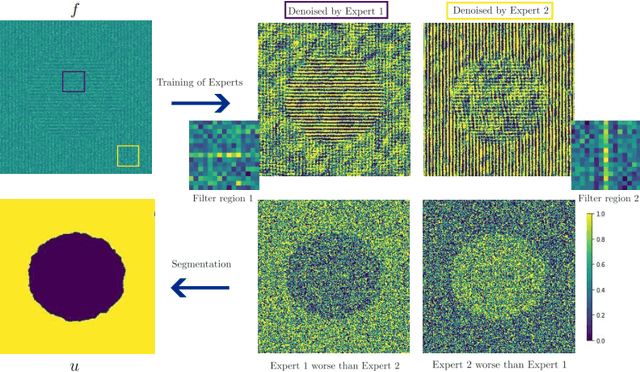

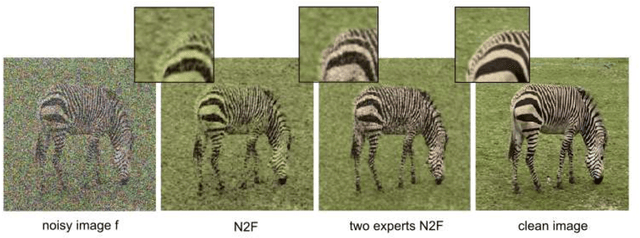

Abstract:In this work, we develop an unsupervised method for the joint segmentation and denoising of a single image. To this end, we combine the advantages of a variational segmentation method with the power of a self-supervised, single-image based deep learning approach. One major strength of our method lies in the fact, that in contrast to data-driven methods, where huge amounts of labeled samples are necessary, our model can segment an image into multiple meaningful regions without any training database. Further, we introduce a novel energy functional in which denoising and segmentation are coupled in a way that both tasks benefit from each other. The limitations of existing single-image based variational segmentation methods, which are not capable of dealing with high noise or generic texture, are tackled by this specific combination with self-supervised image denoising. We propose a unified optimisation strategy and show that, especially for very noisy images available in microscopy, our proposed joint approach outperforms its sequential counterpart as well as alternative methods focused purely on denoising or segmentation. Another comparison is conducted with a supervised deep learning approach designed for the same application, highlighting the good performance of our approach.
Homeomorphic Image Registration via Conformal-Invariant Hyperelastic Regularisation
Mar 14, 2023
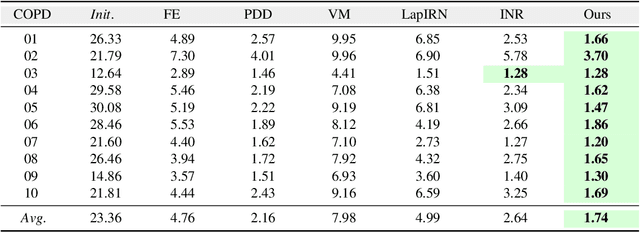
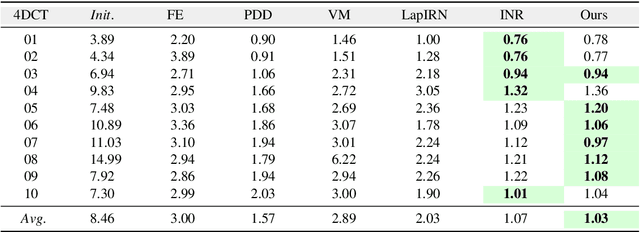
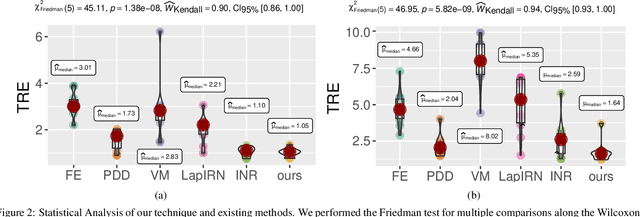
Abstract:Deformable image registration is a fundamental task in medical image analysis and plays a crucial role in a wide range of clinical applications. Recently, deep learning-based approaches have been widely studied for deformable medical image registration and achieved promising results. However, existing deep learning image registration techniques do not theoretically guarantee topology-preserving transformations. This is a key property to preserve anatomical structures and achieve plausible transformations that can be used in real clinical settings. We propose a novel framework for deformable image registration. Firstly, we introduce a novel regulariser based on conformal-invariant properties in a nonlinear elasticity setting. Our regulariser enforces the deformation field to be smooth, invertible and orientation-preserving. More importantly, we strictly guarantee topology preservation yielding to a clinical meaningful registration. Secondly, we boost the performance of our regulariser through coordinate MLPs, where one can view the to-be-registered images as continuously differentiable entities. We demonstrate, through numerical and visual experiments, that our framework is able to outperform current techniques for image registration.
 Add to Chrome
Add to Chrome Add to Firefox
Add to Firefox Add to Edge
Add to Edge